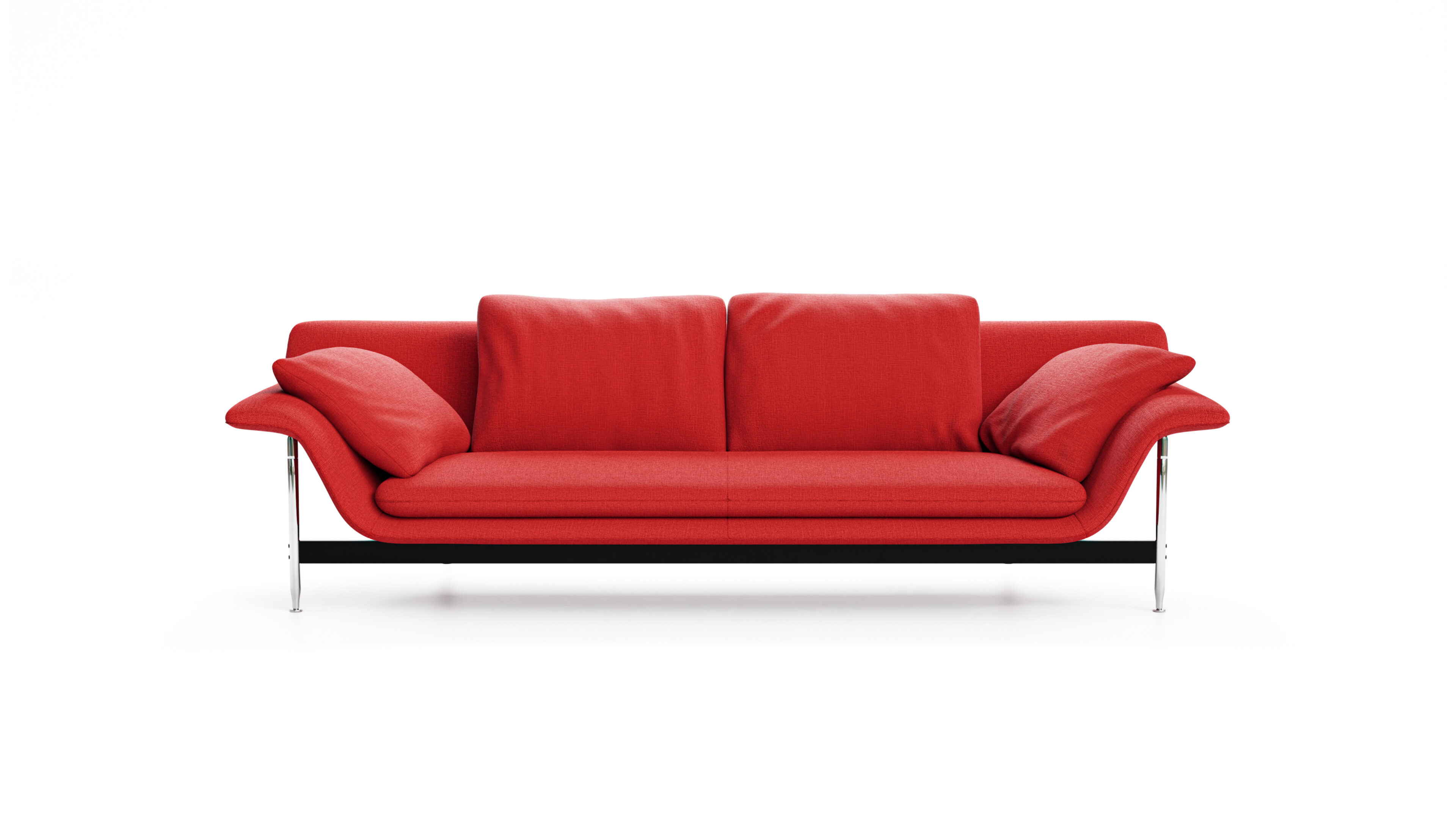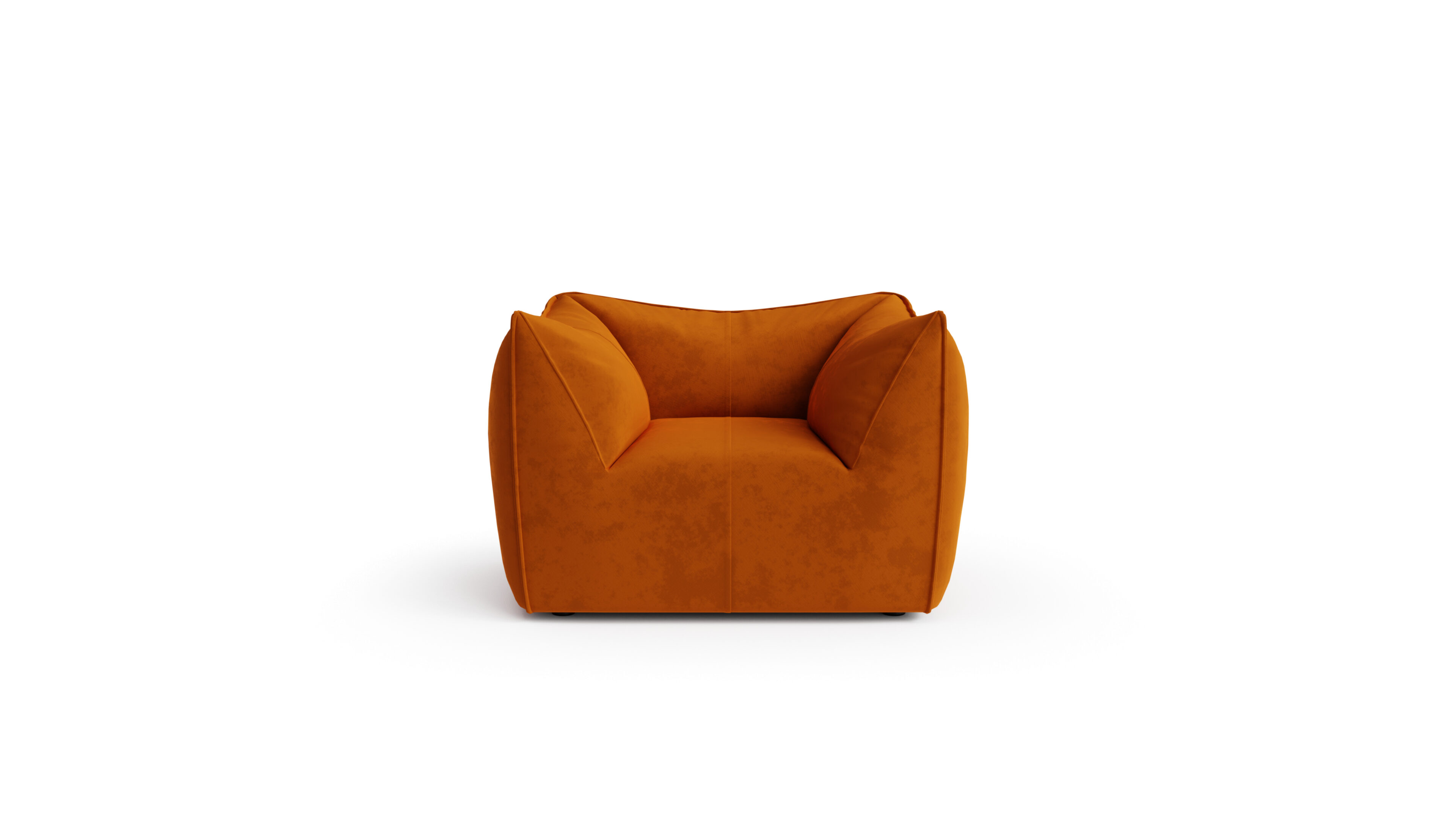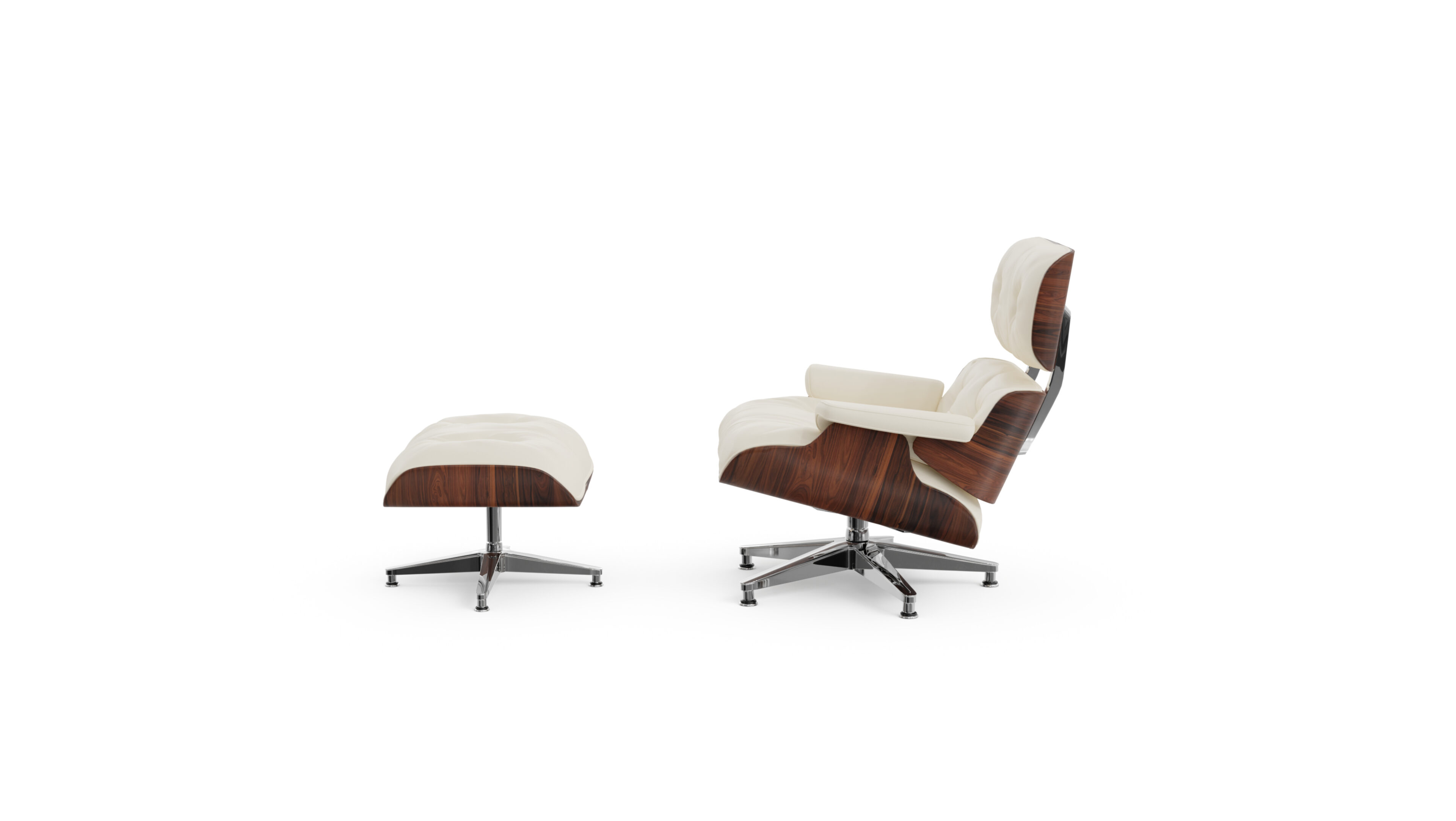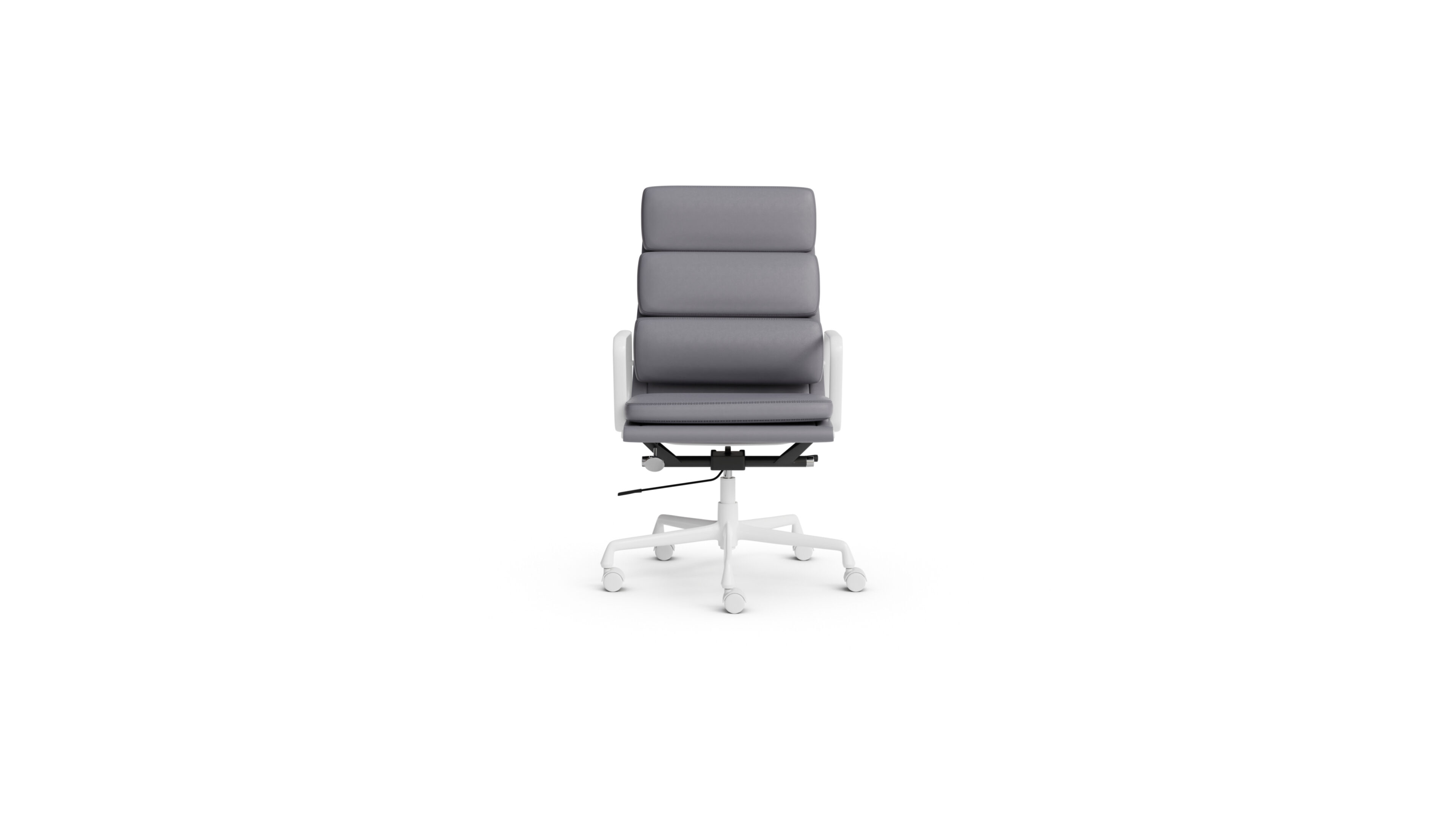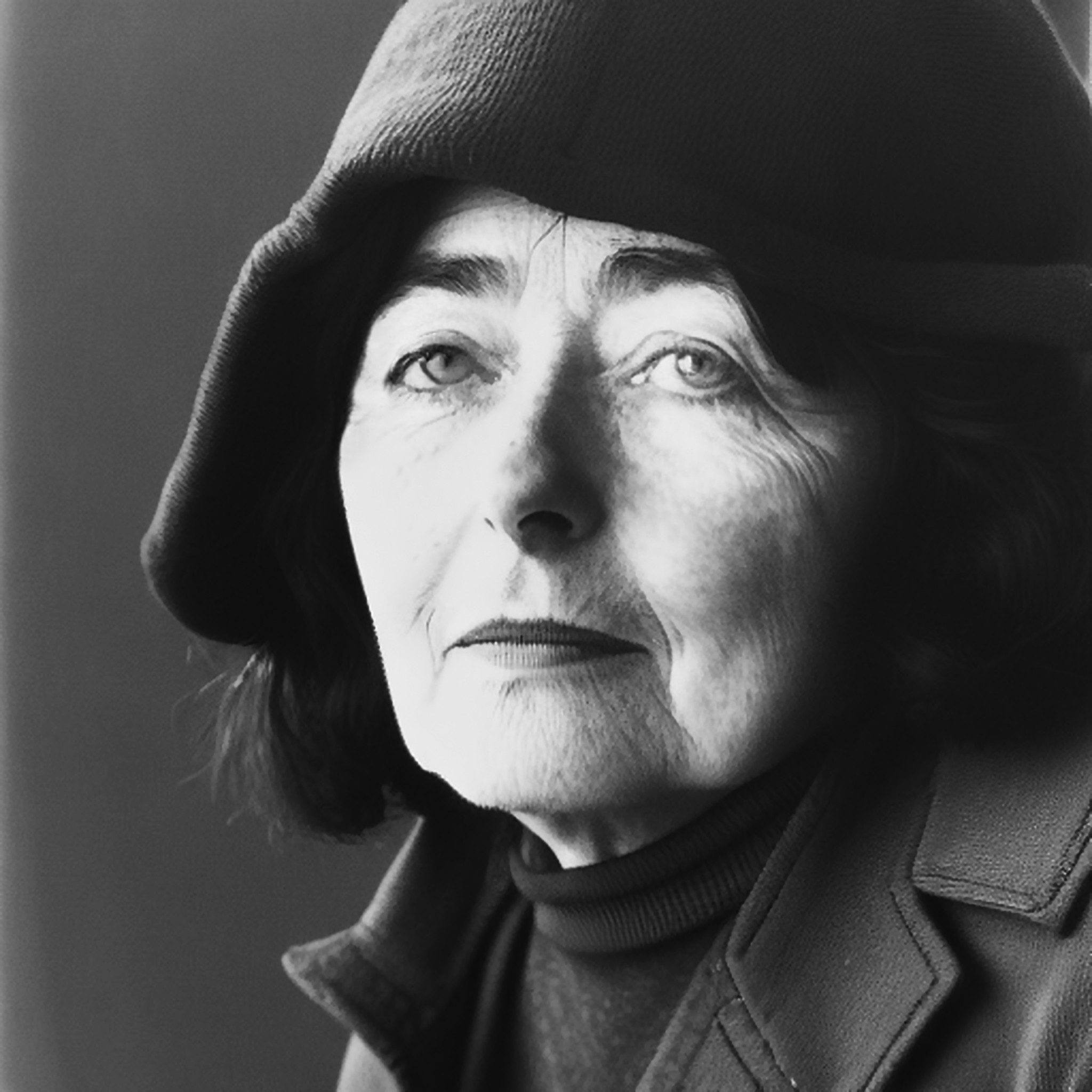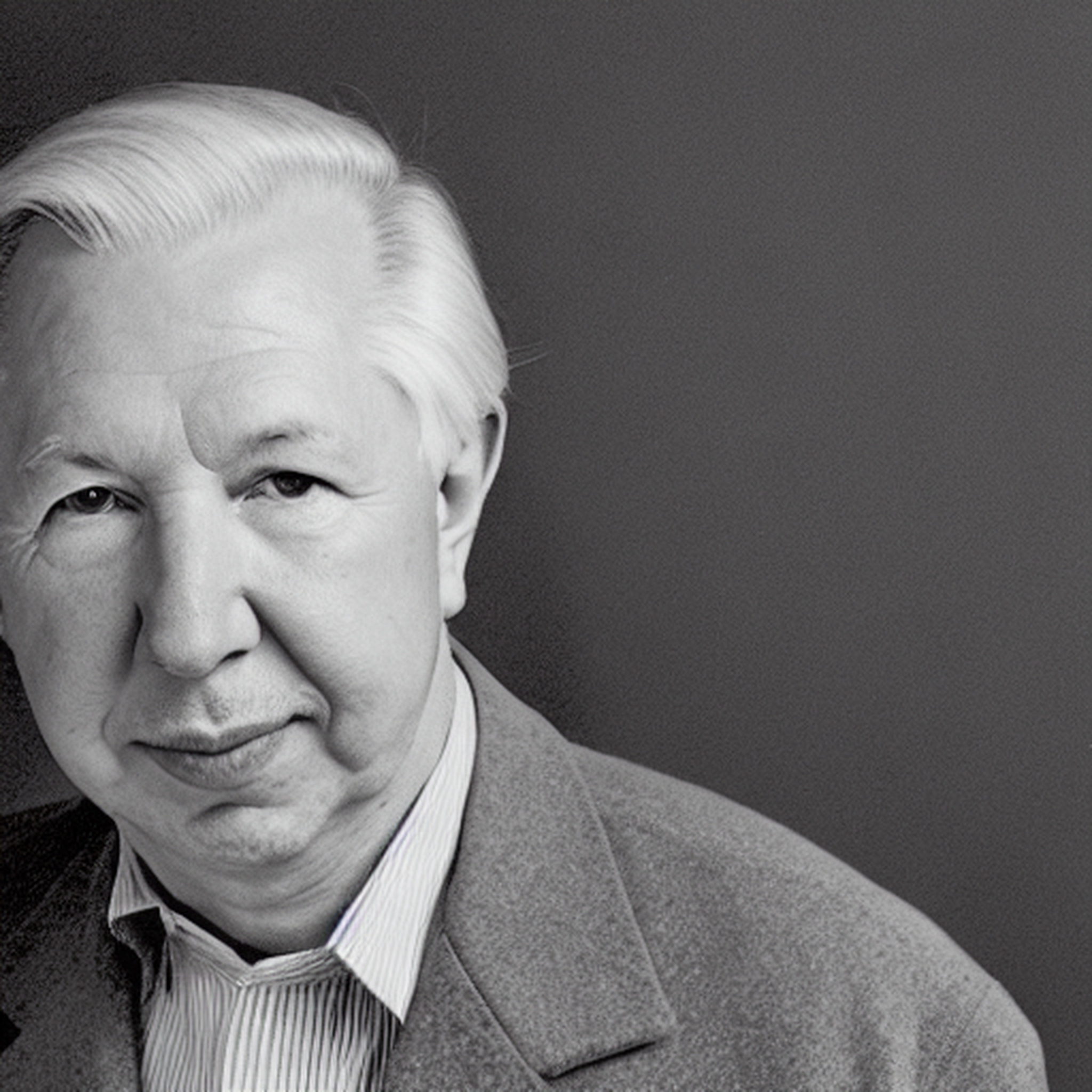
Poul Kjærholm Biography
Poul Kjærholm (1929-1980) was a Danish furniture designer who revolutionized modern design with his precise craftsmanship and innovative material combinations. Beginning his career at just 19, Kjærholm quickly established himself through his rigorous attention to structural clarity and material integrity. His work seamlessly blended steel—his preferred material—with leather, cane, and rope, creating pieces that were industrial and organic. His approach is personified in designs like the PK22 chair, PK31 modular system, and the sculptural PK9 Tulip chair. Kjærholm’s exacting standards and minimalist aesthetic have had a profound and lasting influence on Danish and global furniture design.
Early Life and Education
Born in 1929 in Øster Vrå, Denmark, Poul Kjærholm grew up in a country with a rich tradition of furniture design and craftsmanship. From an early age, he showed a keen interest in materials and construction. Kjærholm began his career as a cabinetmaker’s apprentice in 1948, learning the fundamentals of woodworking. This early exposure to craftsmanship would profoundly influence his later work, instilling in him a deep respect for materials and precision in construction.
Career and Achievements
Kjærholm’s formal design education began in 1952 at the Danish School of Arts and Crafts (now the Danish Design School) in Copenhagen. It was here that he started to develop his distinctive style, characterized by a minimalist aesthetic and an innovative approach to materials. Unlike many of his contemporaries who primarily worked with wood, Kjærholm was drawn to steel, seeing in it possibilities for both structural integrity and aesthetic appeal.
In 1955, while still a student, Kjærholm designed the PK22 chair, which would become one of his most iconic pieces. This low-slung chair, with its sleek steel frame and woven cane or leather seat, exemplified Kjærholm’s ability to combine industrial materials with organic elements to create pieces that were both modern and timeless.
Throughout his career, Kjærholm continued to push the boundaries of furniture design. He experimented with different materials and forms, always with a focus on structural clarity and functionality. His PK31 modular seating system, introduced in 1958, demonstrated his ability to create flexible, adaptable furniture that could be configured to suit different spaces and needs.
Kjærholm’s work gained international recognition, and in 1958, he began a long-lasting collaboration with E. Kold Christensen, a manufacturer who shared his commitment to quality and craftsmanship. This partnership allowed Kjærholm to realize his designs with the level of precision and attention to detail that he demanded.
In addition to his work as a designer, Kjærholm also had a significant impact as an educator. He began teaching at the Danish School of Arts and Crafts in 1952, eventually becoming head of the Institute of Design in 1973. In this role, he influenced a new generation of designers, passing on his principles of material integrity and structural clarity.
Signature Designs
Poul Kjærholm’s portfolio includes a wide range of furniture designs, each showcasing his distinctive style and approach. Some of his most notable works include:
1. PK22 Chair (1956): A low-slung lounge chair with a steel frame and woven cane or leather seat, embodying Kjærholm’s minimalist aesthetic.
2. PK31 Modular Seating System (1958): A flexible seating system that can be configured in various ways, demonstrating Kjærholm’s interest in adaptable furniture.
3. PK9 Tulip Chair (1960): A sculptural dining chair with a sinuous steel frame and leather seat, showcasing Kjærholm’s ability to create organic forms with industrial materials.
4. PK54 Dining Table (1963): A circular table with a steel base and a variety of top options, including marble and wood, exemplifying Kjærholm’s material versatility.
5. PK80 Daybed (1957): A minimalist daybed that combines a steel frame with leather upholstery, demonstrating Kjærholm’s ability to create comfortable, functional pieces without sacrificing aesthetic appeal.
Design Philosophy and Approach
Kjærholm’s design philosophy was rooted in a deep respect for materials and a commitment to structural clarity. He believed that furniture should be honest in its construction, with each element serving a clear purpose. This approach led to designs that were minimalist in appearance but rich in thoughtful details.
Central to Kjærholm’s work was his innovative use of steel. While many of his contemporaries in Danish design focused on wood, Kjærholm saw potential in steel’s strength and versatility. He often combined steel with other materials like leather, cane, or marble, creating a dialogue between industrial and natural elements in his pieces.
Kjærholm was also known for his exacting standards. He paid meticulous attention to every aspect of his designs, from the overall form to the smallest details of construction. This perfectionism resulted in pieces that were not only aesthetically pleasing but also built to last.
Despite his use of industrial materials, Kjærholm’s work often had an organic quality. He was interested in creating furniture that related harmoniously to the human body and to the spaces it inhabited. This is evident in the curved forms of chairs like the PK9 Tulip Chair, which seems to embrace the sitter.
Legacy and Influence
Poul Kjærholm’s influence on furniture design is profound and enduring. His work bridged the gap between industrial production and handcrafted quality, setting new standards for modern furniture design. His innovative use of materials, particularly his elevation of steel as a primary material in furniture, opened up new possibilities for designers.
Kjærholm’s minimalist aesthetic, characterized by clean lines and a focus on essential forms, has had a lasting impact on Danish design and beyond. His approach to design, which emphasized the inherent qualities of materials and the importance of structural integrity, continues to inspire designers today.
Many of Kjærholm’s designs remain in production today, testament to their timeless appeal and enduring relevance. His furniture pieces are highly sought after by collectors and continue to be featured in modern interiors around the world.
As an educator, Kjærholm’s influence extended beyond his own designs. Through his teaching at the Danish School of Arts and Crafts, he shaped the thinking of a new generation of designers, helping to ensure the continued vitality of Danish design.
Today, Kjærholm is recognized as one of the most important figures in 20th-century furniture design. His work is held in the permanent collections of major museums worldwide, including the Museum of Modern Art in New York and the Victoria and Albert Museum in London. The precision, clarity, and timeless quality of his designs continue to set a standard for contemporary furniture design.
Poul Kjærholm FAQs
What is Poul Kjærholm best known for?
Poul Kjærholm is best known for his innovative use of steel in furniture design, his minimalist aesthetic, and iconic pieces such as the PK22 chair and the PK9 Tulip chair. He’s renowned for combining industrial materials with organic forms to create timeless, functional designs.
What materials did Kjærholm typically use in his designs?
Kjærholm primarily worked with steel, which he often combined with materials like leather, cane, rope, and marble. This blend of industrial and natural materials became a hallmark of his design approach.
What is the PK22 chair?
The PK22 chair, designed in 1956, is one of Kjærholm’s most iconic pieces. It features a sleek steel frame with a seat made of woven cane or leather. The chair embodies Kjærholm’s minimalist aesthetic and his skill in combining different materials.
How did Kjærholm influence Danish design?
Kjærholm influenced Danish design through his innovative use of materials, particularly steel, his minimalist aesthetic, and his emphasis on structural clarity and material integrity. As both a designer and educator, he helped shape the direction of Danish modernism in the mid-20th century.


















